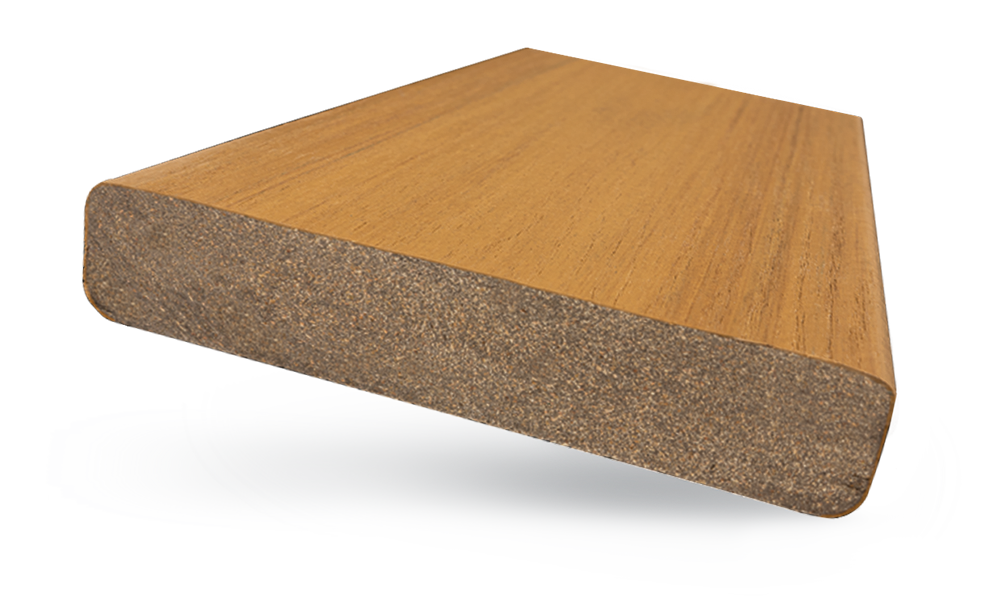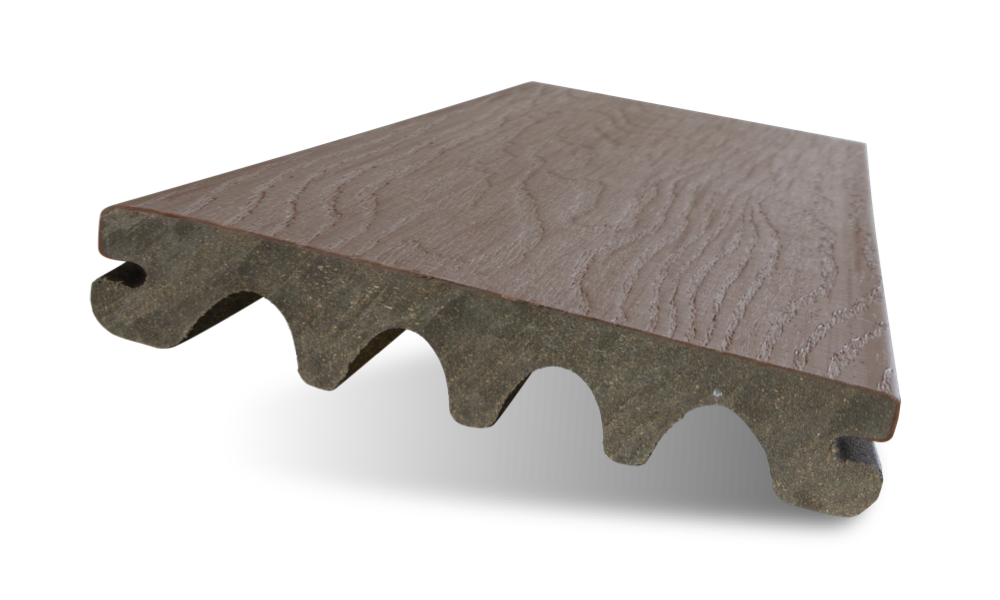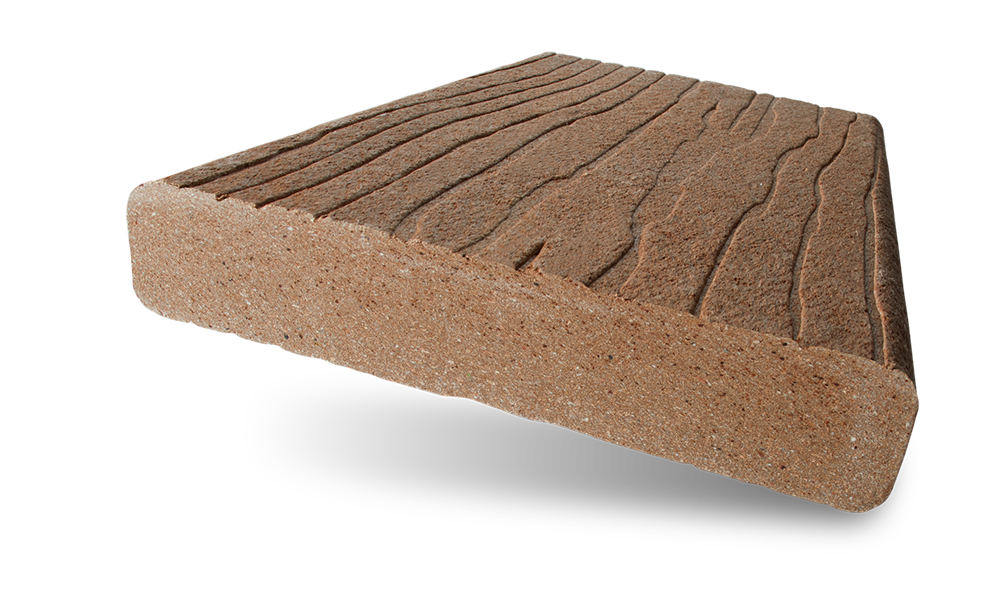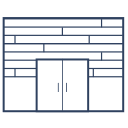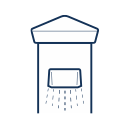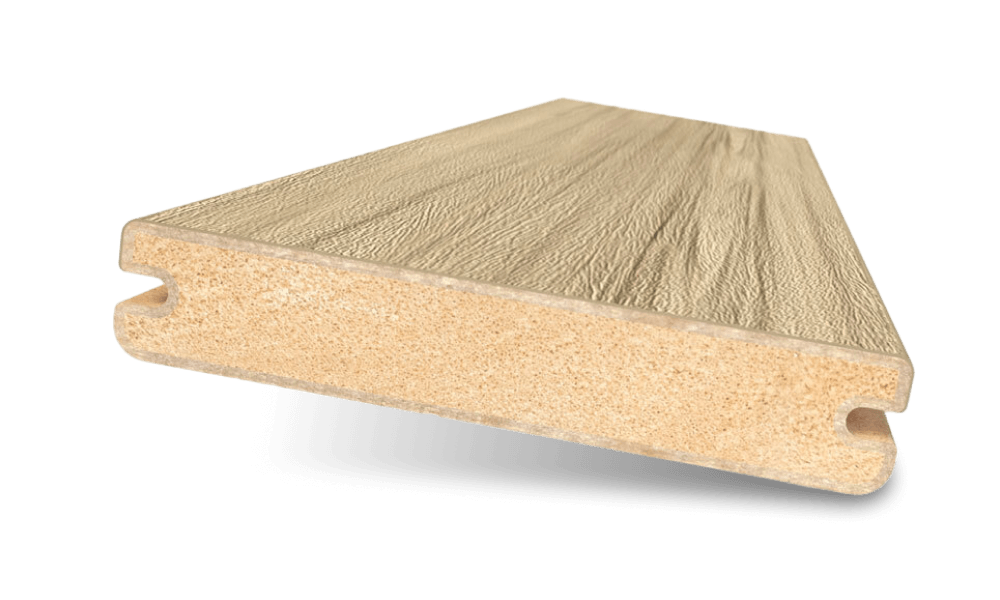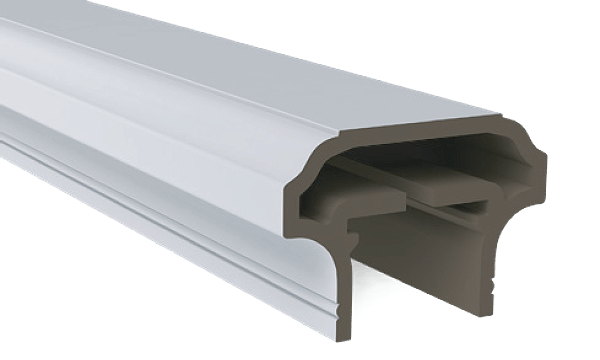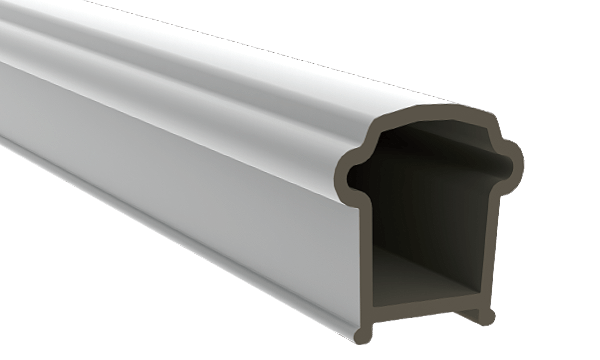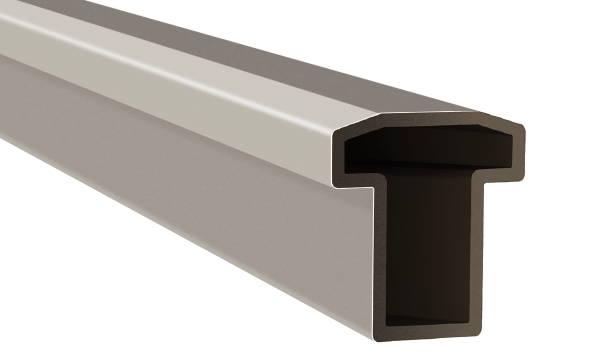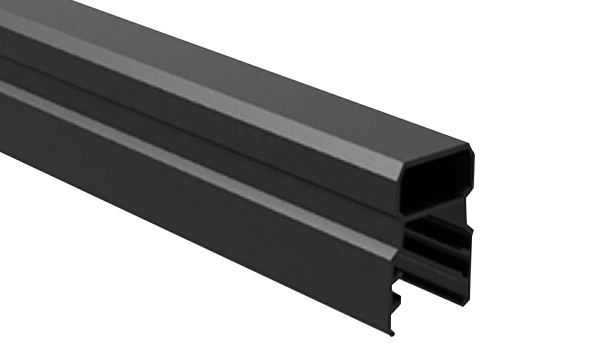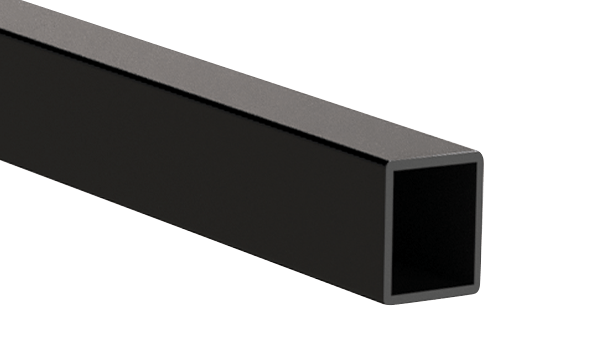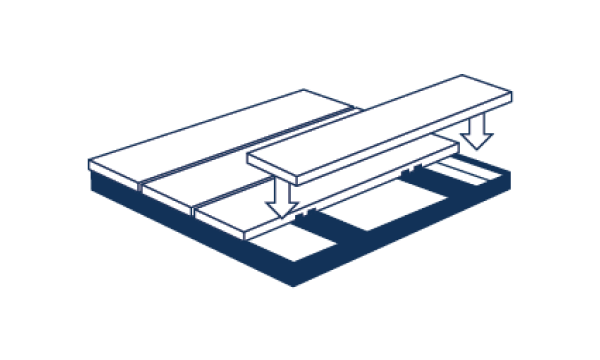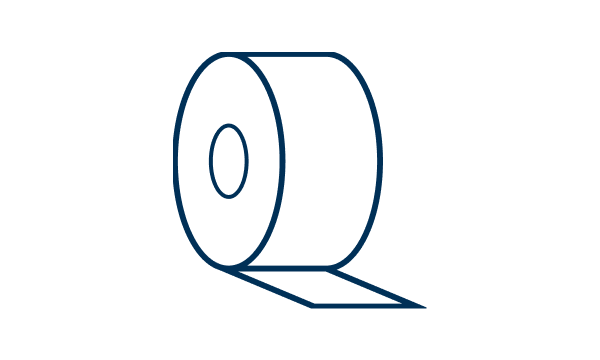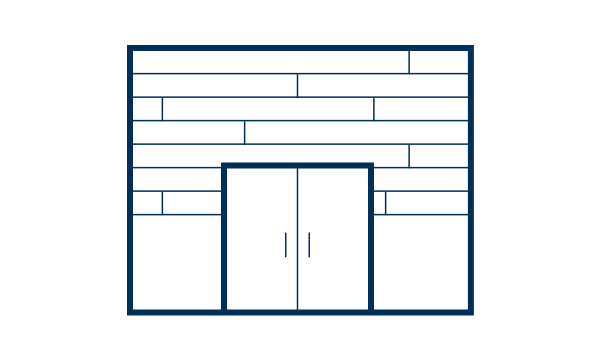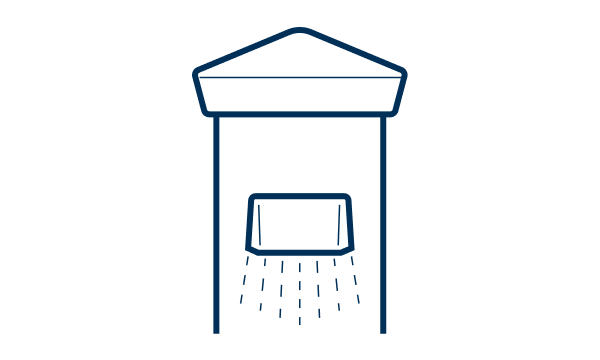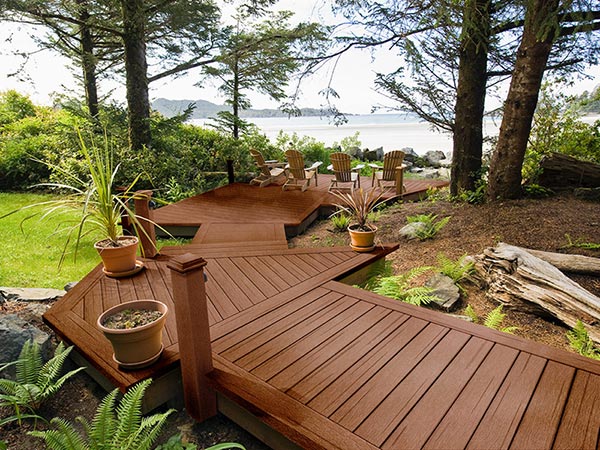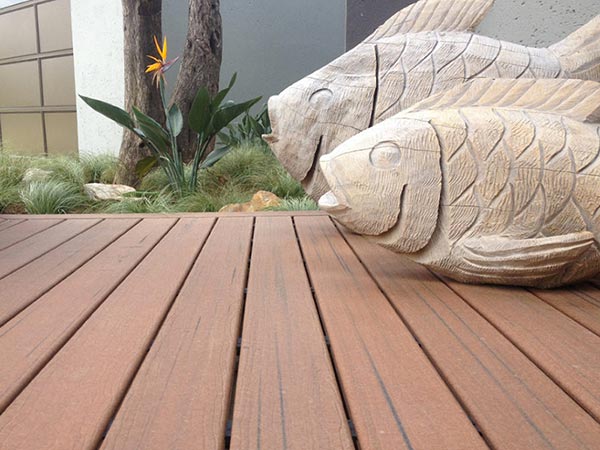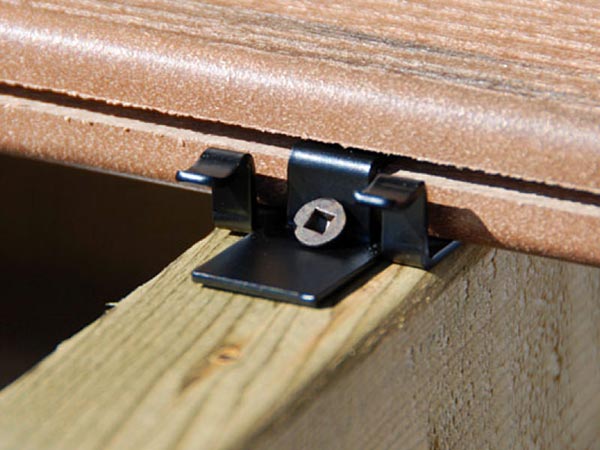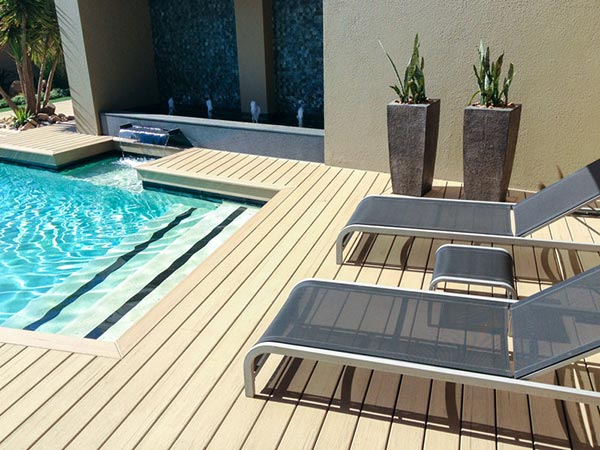Can Pests Damage Composite Decking?
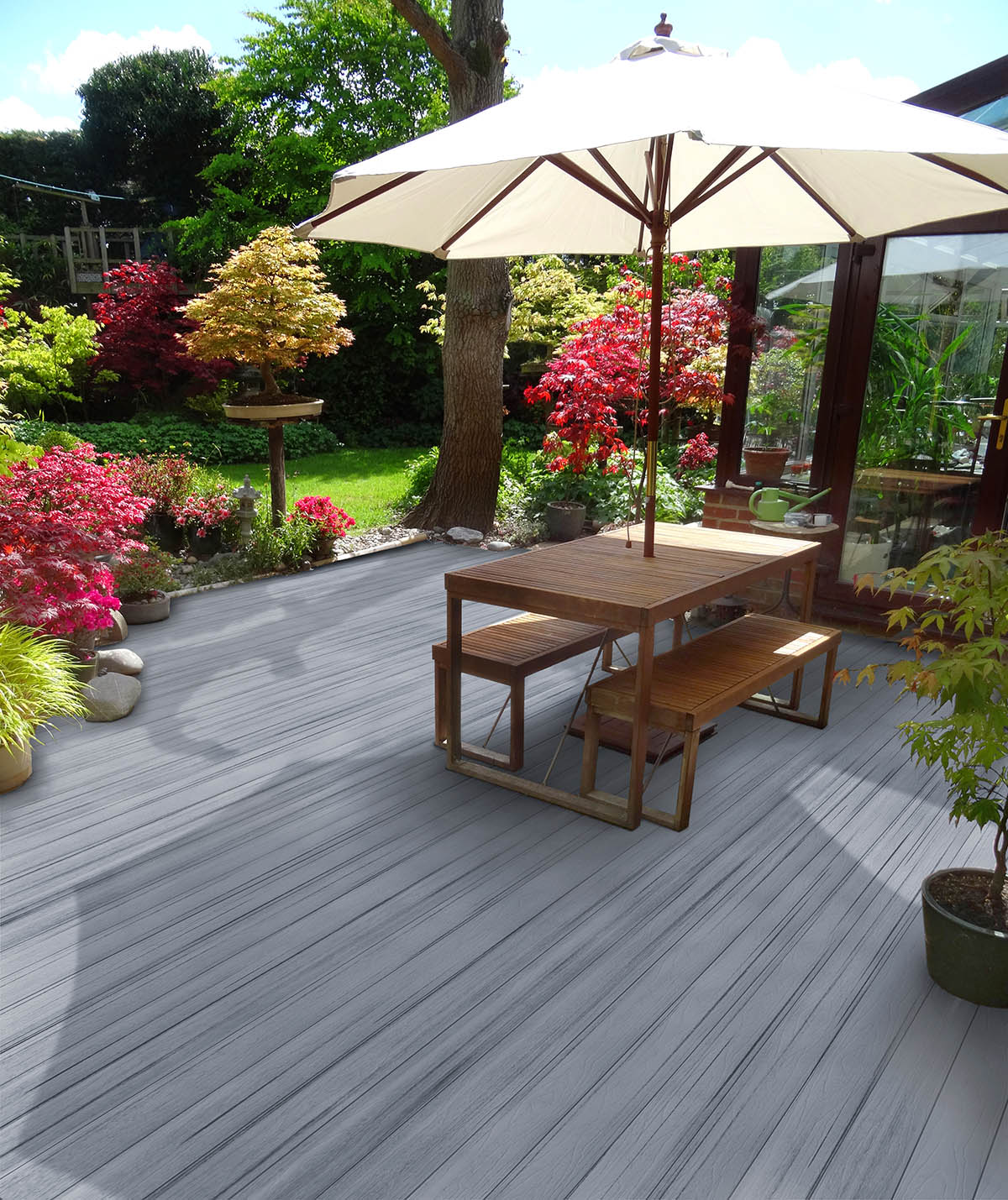
We’ve all seen the cooking shows that simmer up across our favorite TV networks, cable channels and the plethora of streaming services. From the Great British Bake Off to Chopped, contestant chefs sweat it out in the kitchen striving to create a delicious, original dish that will knock the socks off a group of “judgey” judges who are quick with a culinary cut down or a dollop of perfectly placed praise.
The “chefs” (aka manufacturers) at MoistureShield have taken a different route with our product, cooking up composite decking that is downright unsavory to pesky pests who have a tendency to chew, eat, gnaw or damage wood.
Why Is Composite Decking Less Appealing to Pests?
First, unlike traditional wood decking, composite decking is an engineered product incorporating recycled plastic and wood in order to offer a wide range of durability benefits: it’s longer lasting than wood decking; less prone to splintering; resistant to mold, rot and decay; and way less appealing to pests. Each pest has reasons for finding composite decking unappealing.
Termite Resistance
We get numerous queries on whether termites eat composite decking. While they’ve been known to nibble a bit at composite decking, infestations are very rare since termites prefer eating natural wood containing the cellulose they crave. If you do have a problem with infestation, be sure to contact a pest control professional since the termites you see are only part of the problem. Unseen colony populations can include hundreds to even thousands of termites and effective treatments must extend beyond the visible termite area to ensure the entire colony is eliminated. Consider contacting a contractor to identify the extent of termite damage caused outside and inside your home, and make appropriate repairs before there is serious structural damage.
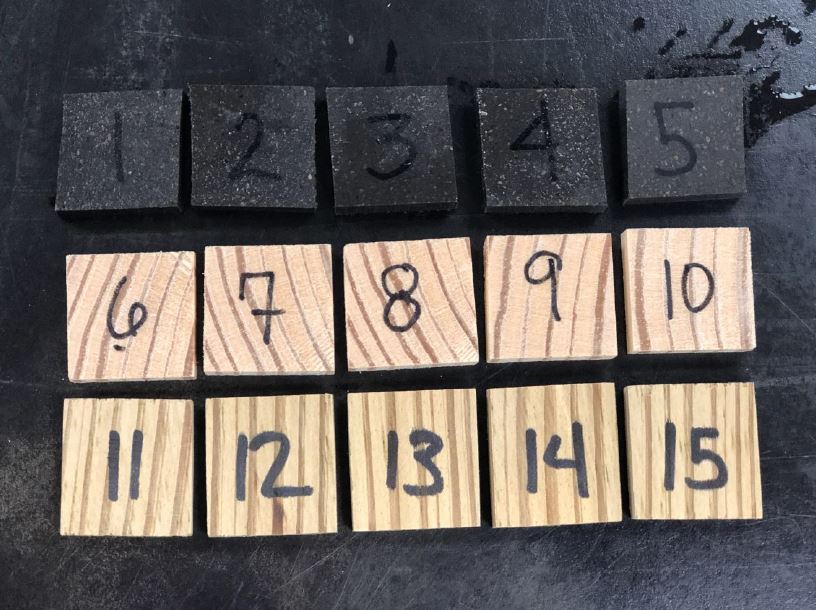
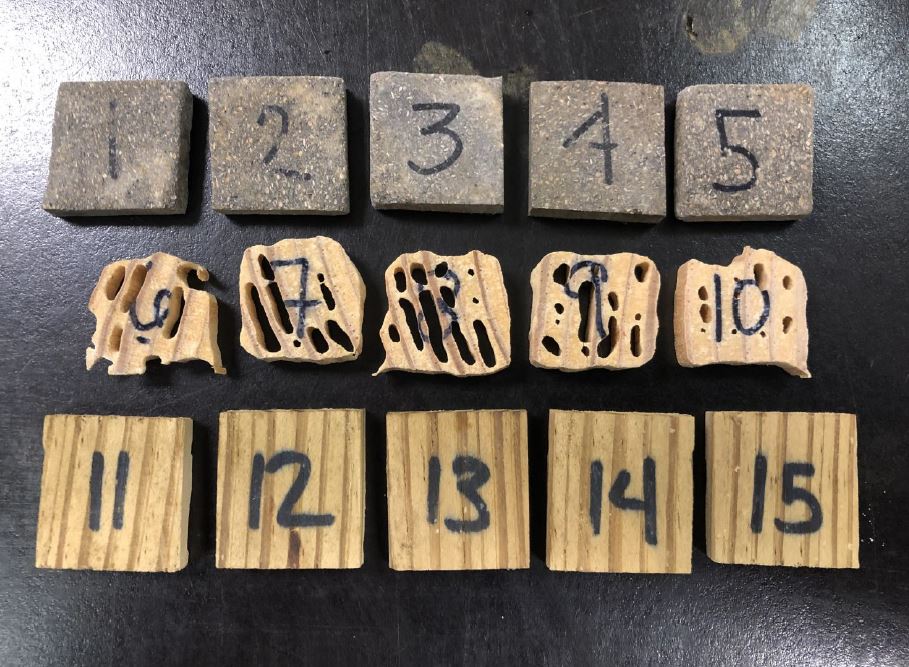
.
Carpenter Bee Resistance
People also wonder if carpenter bees eat composite wood decking. Carpenter bees don’t technically eat wood at all, but they do bore holes in wood to make their nests in early spring. While the hole you see is usually about the size of a dime, it’s what you don’t see that is so damaging to your structure. The carpenter bees create an approximately foot-long tunnel (about the size of a thin hotdog) where they lay multiple eggs that hatch, undergo complete metamorphosis and fly away as adults to damage more of your wood. These oversized bumblers prefer unfinished natural wood, but they have also been known to nest in soft wood, pressure treated lumber, composite decking, and PVC decking. Look out for the tale-tale sign of “saw dust” below where they make their nest. Traps and treatments are available at hardware stores and general retailers.
Rodent Resistance
We also get queries about pests that come in the four-legged mammal variety as people wonder if composite decking attracts rats or other rodents? As with carpenter bees, composite decking isn’t 100% resistant to damage by rats and other rodents (like squirrels). However, there are other materials generally more attractive to rodents, such as insulation and paper products. Traps and treatments are available at hardware stores and general retailers. Remember, rodents are notorious for chewing through wires, so be sure to inspect areas with rodent infestations for damage; chewed wires can cause power outages, or worse, a house fire.
MoistureShield Offers Superior Protection from Pests
As we mentioned, modern composite decking is generally not an attractive material for pests. Termites find it terribly unappetizing, while carpenter bees, rats and squirrels are much more attracted to other materials. However, MoistureShield takes this one step further to make it even more unappealing to these creepy-crawlies and other harmful situations. With our solid core technology at the foundation of every board, we provide a product that fights damage not only from insects and pests, but also from moisture and rot. Being an unsavory material to all of these destructive elements is what we’re all about. The result is a long lasting, low-maintenance decking material specially engineered to last for years to come.
So, if you’re considering a new deck and are looking for maintenance free, pest- and harmful-element-resistant material, consider our composite decking. Visit our product page and check out the wide range of MoistureShield products and find the perfect one for your deck.

